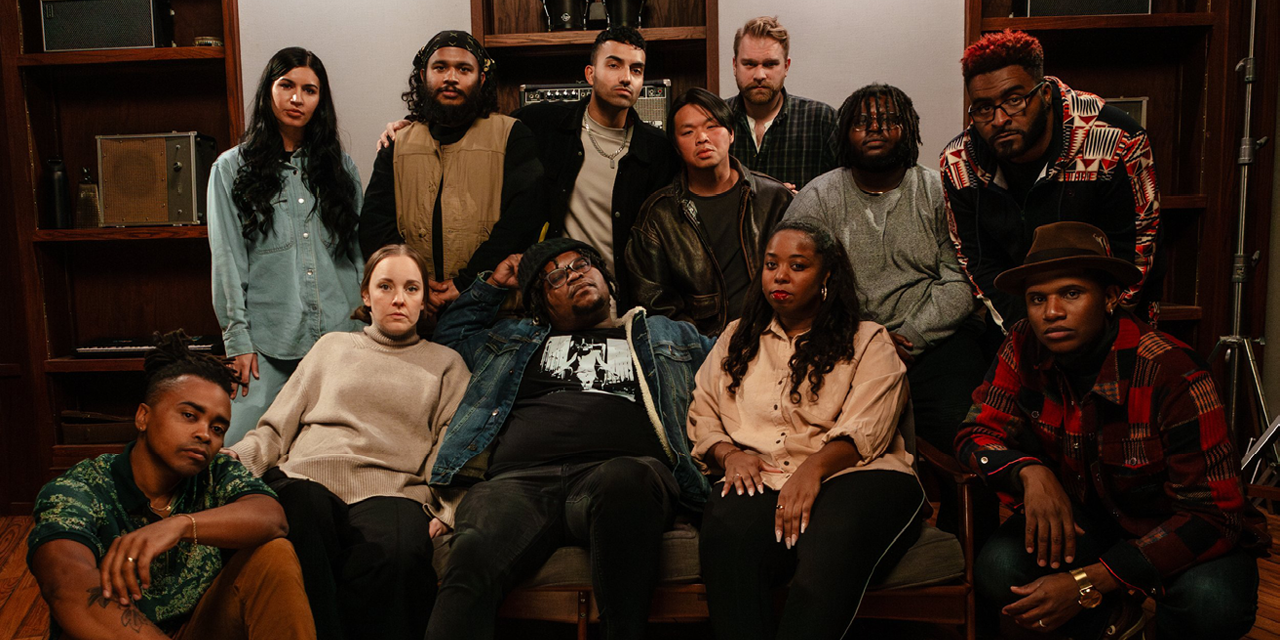Herbert H. Tsang teaches computing and mathematics at Trinity Western University in metro Vancouver, British Columbia. He is also president of Church Music Ministry of Canada (CMMC) in Vancouver. Tsang used a 2021 Vital Worship Grant from the Calvin Institute of Christian Worship to help younger worship leaders and senior citizens research and sing hymns together to overcome pandemic isolation. In this edited conversation, he explains why he champions low-tech solutions when people and congregations cannot meet in person.
How would you describe your 2021 Vital Worship Grant from the Calvin Institute of Christian Worship?
In the last twenty years, I’ve been trying to promote hymn singing in Chinese-language and bilingual churches in Canada. Before I wrote the grant, everyone was in pandemic lockdown. They especially missed choir rehearsals and singing together at church. I envisioned our SingTogether project as a way to overcome isolation, connect generations, and promote hymn singing.
We approached five song leaders and choir directors from Chinese Baptist, Evangelical Free, or Mennonite Brethren churches in British Columbia and Alberta. Leaders then recruited members from their church to join SingTogether. Each group had ten to twelve people each and a young adult/senior citizen ratio of 1:1 to 2:1. Many of the younger adults pick and lead music at church, especially in English services, but they spoke Cantonese in their SingTogether groups so the older people could understand. Groups met weekly online to share hymns and hymn stories that fit a weekly theme, such as joy or hymns by Chinese composers and hymnwriters found in ecumenical hymnals such as Hymns of Universal Praise and Hymns of Life.
You have described yourself as high-tech . . .
Yes, I am a university professor and I regularly publish in peer-reviewed journals in computing science and engineering. My research interests are in the broad areas of bioinformatics/biomedical engineering, scientific visualization, signal processing, education technologies, and mobile application development. I regularly post on Twitter about both high-tech news and church music ministry.
Yet you promoted low-tech strategies during your grant. Why?
I understand high-tech, but I also care about people without those interests and skills, especially in church music ministries. So I dream up creative ways to help share learning. Low-tech is the way to go because it makes barriers lower and helps reach more people. I love highly polished virtual choirs. But that’s not something that a church of a hundred people, with a choir of ten to fifteen members, can easily do. When choir members see virtual choirs singing “The Blessing” or “Thine Is the Glory,” it makes them feel inferior.
It’s important to remember what musical scholar Harold M. Best wrote in Music through the Eyes of Faith:
"Excellence is the process . . . of becoming better than I once was, . . . not to become better than someone else is or even like someone else. Excellence is simply—and radically—the process of improving over yesterday” (108). For church choirs this means that we are part of the great cloud of witnesses, and we need to pursue excellence in the context of growth—but not in comparison with other church choirs.
How did it work to share meals over Zoom?
The SingTogether sessions began with a half hour to share and connect via food. Because we had a grant, we could sometimes pay for DoorDash to deliver meals to participants’ homes. The meeting host would find out ahead of time what everyone wanted and then order delivery to their homes. Some people would eat their own homemade meal or not join early. I remember a participant whose father was in the hospital, yet she made time for that half-hour chance to eat, share, and connect.
I got the inspiration from my nephew’s piano teacher. Besides teaching my nephew’s lesson through Zoom, she actually dropped off a Happy Meal for him during the pandemic. To a kid, that is like the world to them. I wondered whether something similar would bring older adults encouragement that someone cared about them.
How did it work to sing together over Zoom?
There weren’t as many audio sync issues as entire congregations have when singing on Zoom, but it’s not everyone’s cup of tea. Still, there’s a holiness in the messiness. Our SingTogether hymn singing didn’t sound exactly together, but it provided a sense of being together.
What did participants say they learned during that grant?
As one SingTogether participant told me, “Hymns are treasures from years ago, full of life stories, testimonies of faith, encouragements that cross time and place. We should preserve hymns and promote them to younger generations.” Before this grant, it was unusual for people in their eighties to share faith stories with people in their thirties and vice versa. The dialogues were rich and encouraging. Anecdotally, music leaders now report singing more hymns in worship and singing from a broader repertoire of hymns.
People explained that memorizing the hymns was helpful for “a quick infusion of faith in times of troubles and needs” and for personal devotions. As one participant said, “I didn’t realize how many hymns I have learned since my childhood, at school and at church. Often, I don’t remember the lyrics to the entire hymn, but snippets of song come to mind which encourage me and remind me I can always put my trust in God. I like to praise God with hymns. The words are already there; I just have to add my voice.”
How else can people use easy technology to connect or share hymns and hymn stories?
People yearn most for community and connection, not perfection. Don’t chase after things you don’t have resources for. Pick up your phone and call someone rather than send a text, email, or WhatsApp message.
I attended 95 percent of SingTogether meetings. People would say, “I know this hymn, but I can’t find it.” Maybe they’d sing a first line. So, I’d toss in a nugget like, “One way to find hymns is to look at a hymnal index. They are usually indexed by both title and first line.” Hymnary.org is a great free website to search for hymns, hymnals, and hymn stories. The stories are usually found in author and composer profiles that accompany hymn listings.
You can also make resources available like print books by Kenneth W. Osbeck. He wrote many books about hymn stories, such as 101 Hymn Stories and Amazing Grace: 366 Inspiring Hymn Stories for Daily Devotions. Also consider One Year Book of Hymns: 365 Devotions Based on Popular Hymns by Robert Brown and Mark Norton, or Robert J. Morgan’s four-volume Then Sings My Soul series.
LEARN MORE
- Read the SingTogether 2021 Vital Worship Grant poster. Tsang mailed each participant a Church Music Ministry of Canada hymn festival CD and their choice of a hymn story book by Kenneth W. Osbeck, Robert J. Morgan, or Robert Brown and Mark Norton.
- He also created a SingTogether website with links to hymn stories, Hymn Society presentations, and YouTube videos of Cantonese hymns and lyrics.
- Try these tips for singing together in worship online.

